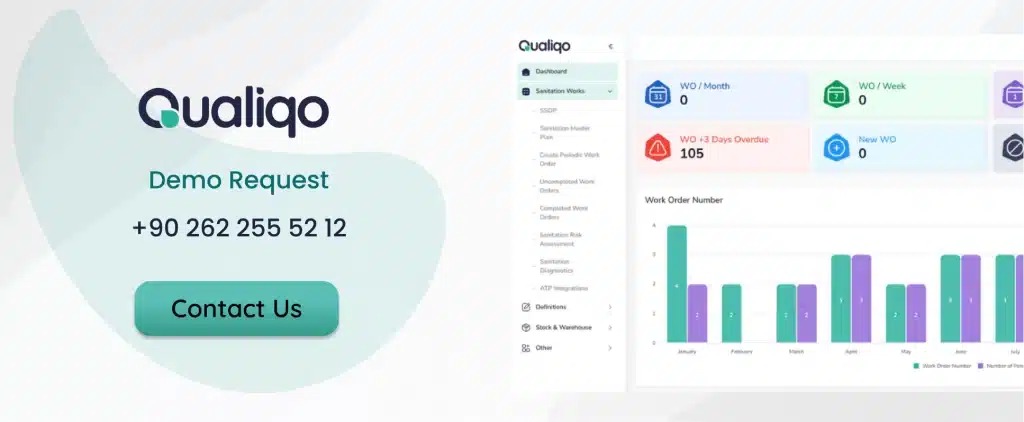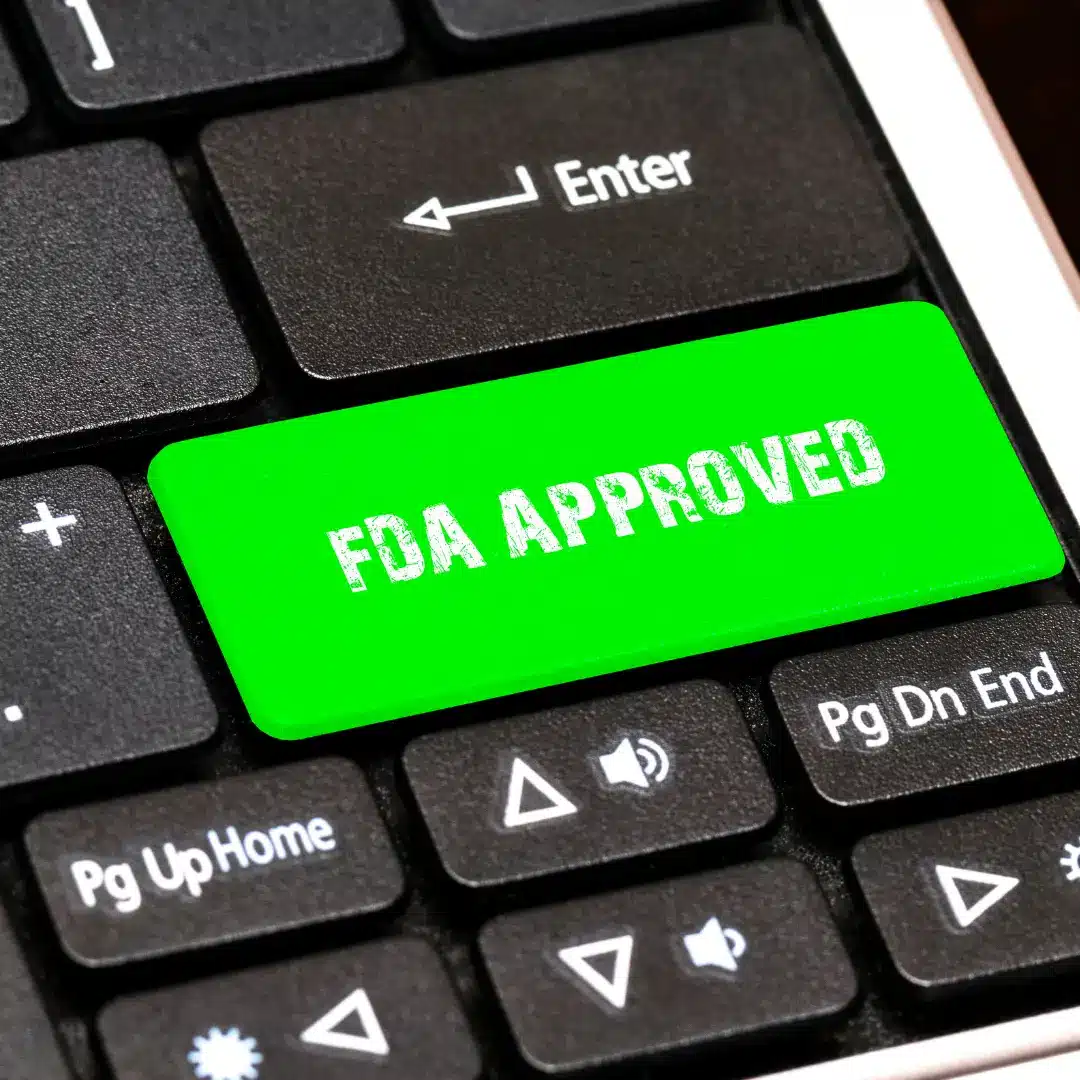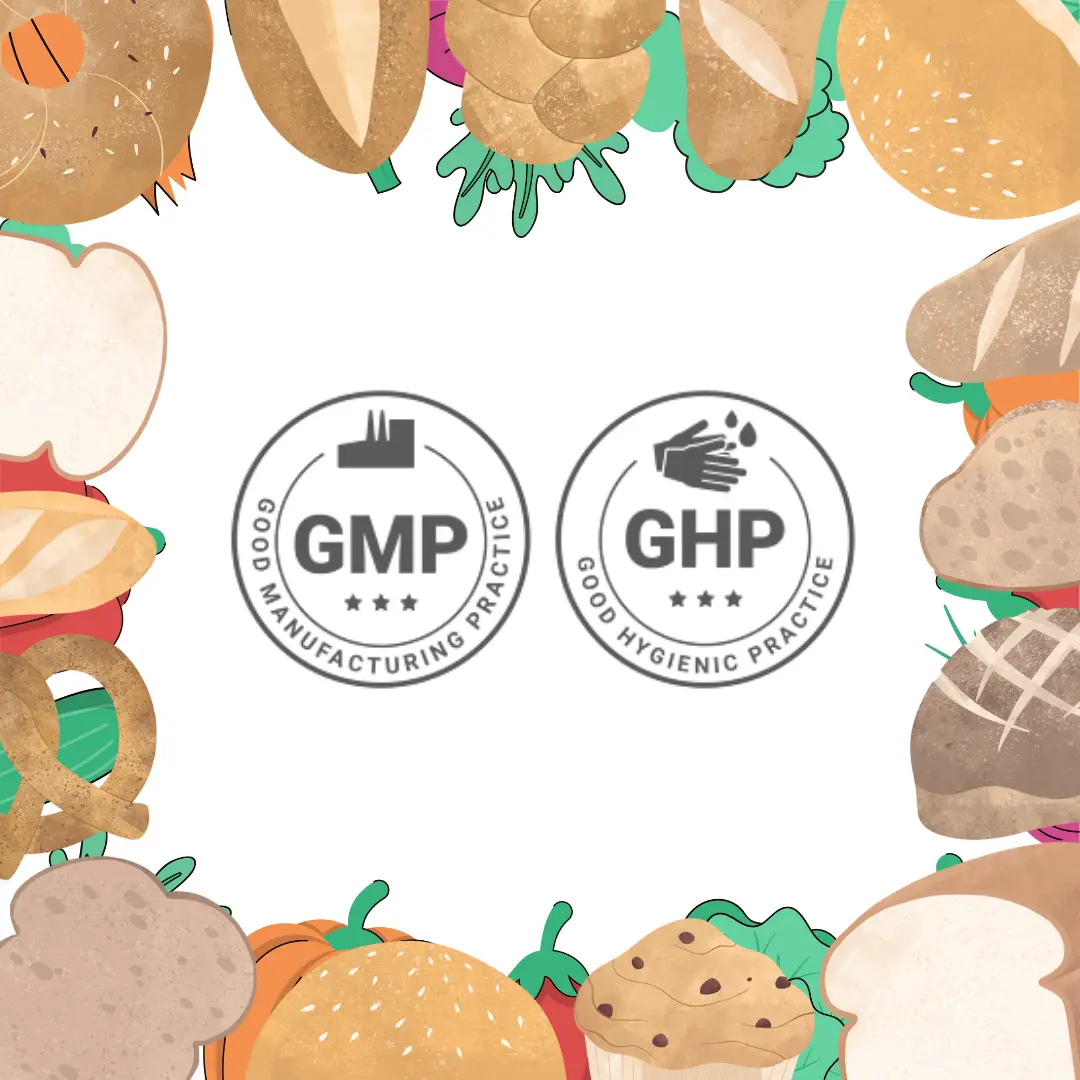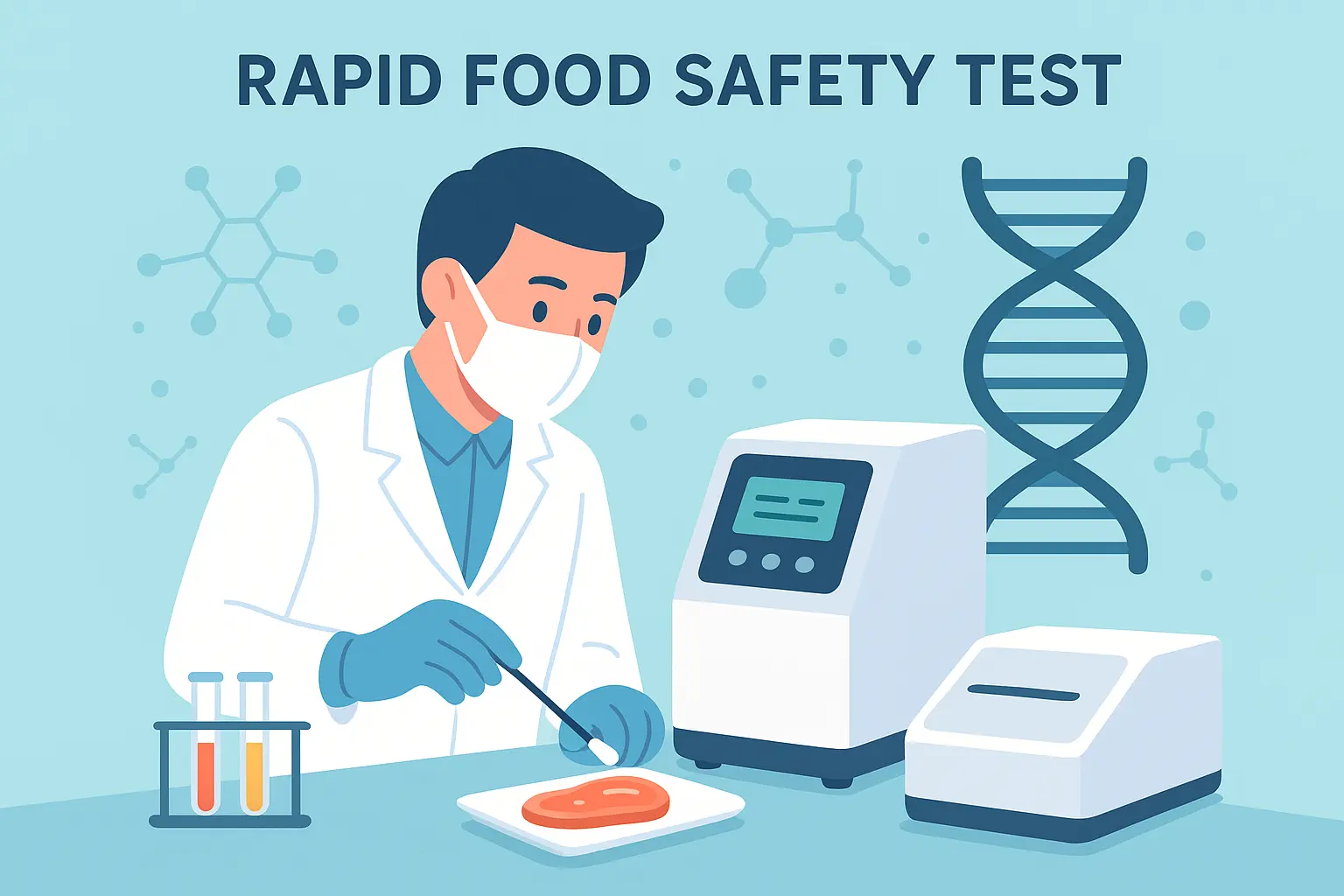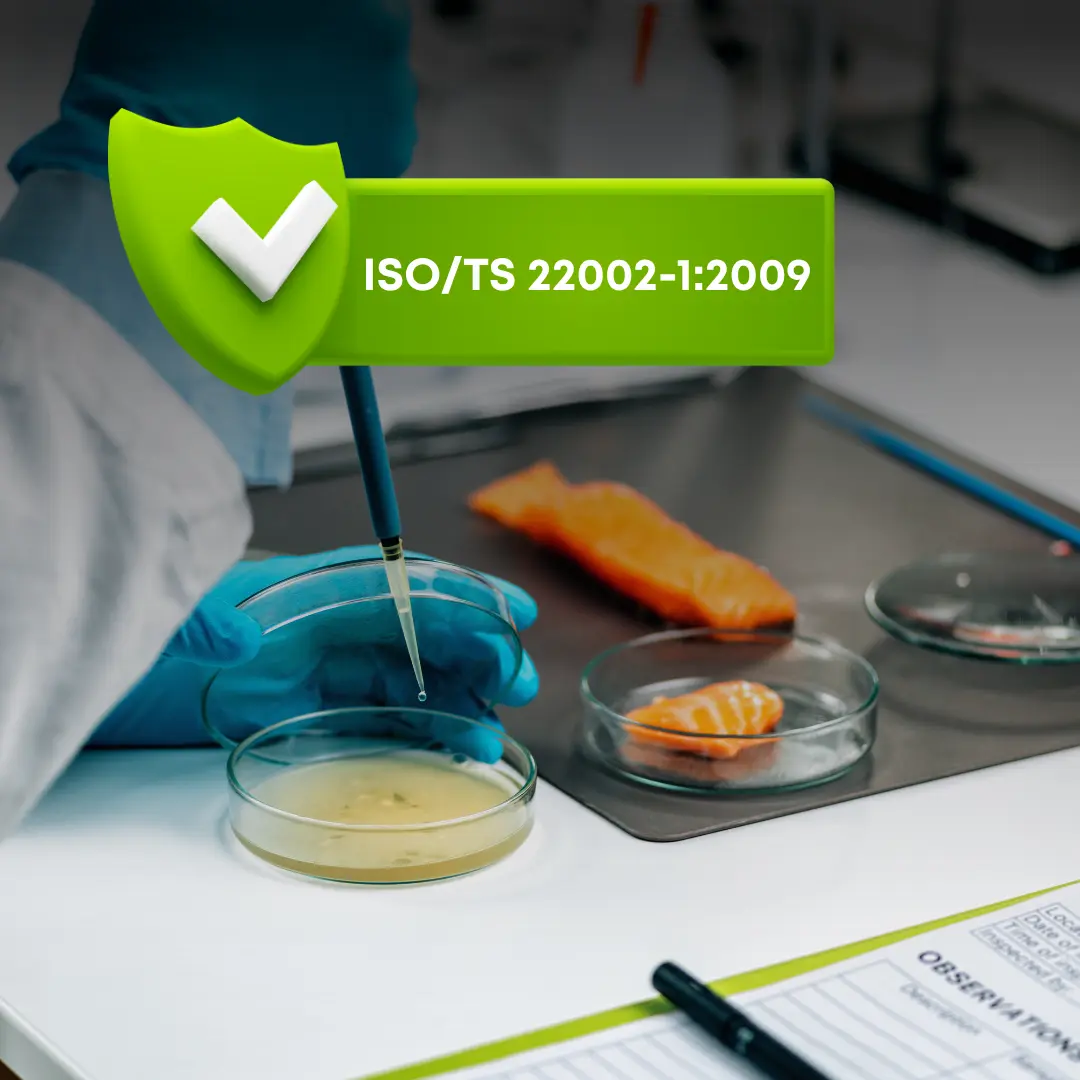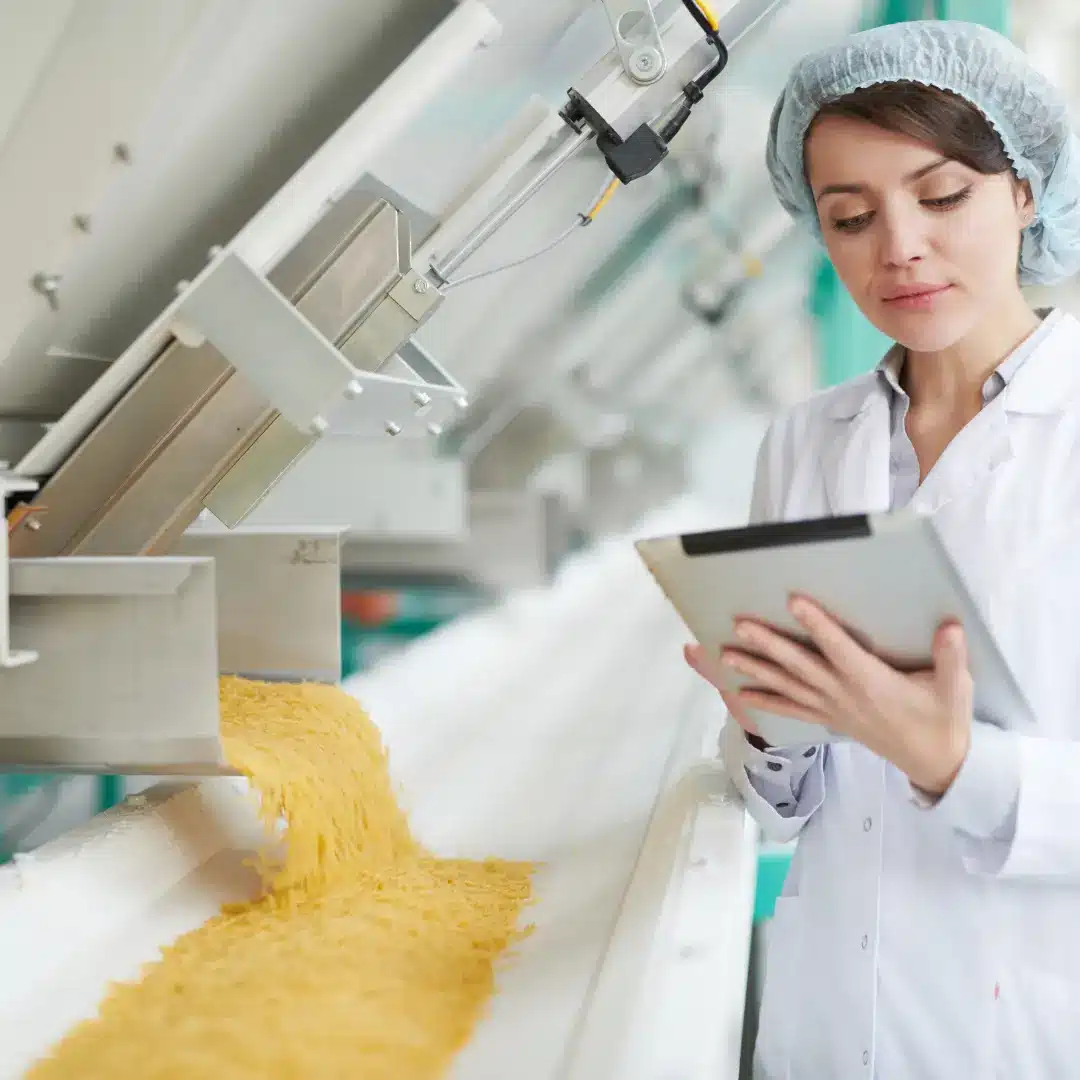Food safety affects not only the production quality of a business but also public health and brand reputation. Every day, millions of people trust food producers to deliver products that are safe to consume. For this reason, food businesses must identify, assess, and effectively manage risks at every stage of their processes.
Digitalization reshapes risk management. It makes processes preventive, transparent, and traceable. Qualiqo empowers food businesses with digital tools for effective safety and sanitation management.

1. Understanding the Sources of Food Safety Risks
The first step in risk management is accurately identifying potential hazards. In food businesses, risks are generally categorized into four main groups:
- Biological risks: Bacteria (such as Salmonella, E. coli), viruses, molds, and parasites. These microorganisms can multiply rapidly under improper temperature, hygiene, or cross-contamination conditions.
- Chemical risks: Cleaning agents, pesticide residues, additive errors, or incorrect dosages pose serious threats to food safety.
- Physical risks: Foreign materials such as glass, metal, stones, or plastic can enter the production line and endanger consumer health.
- Allergen risks: Labeling errors or cross-contact on the production line can cause allergen exposure.
Each of these risks requires different preventive measures depending on the production line, raw materials used, and hygiene conditions. A successful food safety system not only identifies risks but also regularly evaluates their impact, likelihood, and control points.
2. The Process of Risk Analysis and Prioritization
One of the most important stages of risk management is the systematic analysis of risks.
The HACCP (Hazard Analysis and Critical Control Points) approach is an internationally recognized method for identifying and controlling risks. In this system, every step of the process is examined in detail, potential hazards are identified, and Critical Control Points (CCPs) are determined to ensure control.
However, the effectiveness of HACCP plans increases when they are supported by up-to-date data. In paper-based systems, updates are often delayed or overlooked.
Qualiqo digitalizes this process, making HACCP plans dynamic and up to date. Businesses can update their risk analyses directly on the system, keep a record of every change, and ensure transparency during verification audits.
3. Monitoring, Measurement, and Preventive Approaches
Risk management is not only about detection but also about continuous monitoring and improvement.
Once a risk is identified, it must be monitored through accurate data collection. Key parameters like temperature and hygiene levels should be monitored and recorded regularly.
Qualiqo ensures that this data is collected systematically, without manual errors. Through automated forms, instant alerts, and digital checklists:
- Operations are monitored in real time,
- Nonconformities are detected immediately,
- Corrective actions are assigned and tracked through the system.
This allows businesses to build a proactive risk management culture instead of a reactive one. Problems are prevented early. Recorded data provides solid evidence during audits.
4. Employee Awareness and Training Culture
Sustainable food safety relies not only on systems and equipment but also on employee awareness.
Every team member must identify the risks within their area of responsibility, apply the proper control methods, and take quick action when necessary.
With Qualiqo’s training and task management modules, businesses can:
- Plan hygiene and sanitation trainings digitally,
- Record employee participation and training histories,
- Keep risk awareness continuously up to date through team-based task assignments.
This approach enhances food safety and boosts internal communication and overall quality culture.
5. Auditing and Continuous Improvement
Food safety management is a living system. Risks must be regularly reassessed based on changes in production conditions or the supply chain.
Periodic internal audits are critical to evaluating system effectiveness and identifying potential weaknesses.
6. The Role of Digitalization in Risk Management
Manual records cause data loss and errors. Paper forms make traceability difficult. Digital systems eliminate these weak links by creating a secure, integrated, and measurable structure.
Managing risks is vital in food production. It safeguards both quality and consumer trust. Properly identified, analyzed, and controlled risks protect both product quality and consumer trust.
Digitalization makes this process more transparent, measurable, and sustainable.
Qualiqo offers food businesses not just software, but a fully integrated food safety management solution. It enables early identification and effective management of risks while ensuring complete traceability across all processes. Guides businesses on their journey toward safe production.
Next Steps
For food companies seeking efficiency, Qualiqo offers a reliable, all-in-one sanitation management solution. Qualiqo is designed to streamline food safety and sanitation processes for better operational control. It helps businesses track cleaning schedules, verify tasks, and meet food safety standards. Features include audit management, real-time alerts, and complete traceability across operations. With Qualiqo, food businesses embrace digital transformation and reinforce their food safety commitment.
Did you get enough information about “Identifying and Managing Risks in Food Businesses“
Qualiqo is here to help you. It answers your questions about sanitation and hygiene, Lab. & EMP, IPM and Pest Control. We also provide information about the main features and benefits of the software.
We help you access the Qualiqo demo and even get a free trial.
Frequently Asked Questions
The most common types of risks in food businesses are biological (microorganisms), chemical (residues and additives), physical (foreign objects), and allergen risks. Each type requires specific control and prevention measures.
Effective risk management not only ensures compliance with legal requirements but also protects product safety and strengthens the brand reputation. It enables businesses to prevent potential issues before they occur.
The HACCP (Hazard Analysis and Critical Control Points) system identifies potential hazards in production processes and defines Critical Control Points (CCPs) to keep them under control. This allows businesses to focus resources on the areas with the highest risk and maintain food safety in a systematic way.


